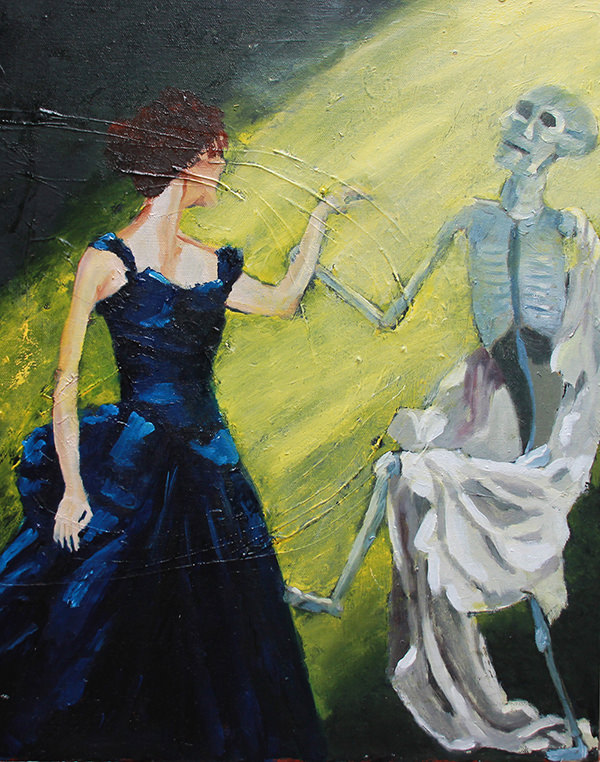Articles
The Queer Faces of Eve: Witnessing Theories in Sedgwick’s Dialogue On Love
Eden Elizabeth Wales Freedman
Abstract
Trauma and autobiographical critics document the necessity of writing—or “witnessing”—one’s life in order to work through it. In her memoir, A Dialogue on Love (1990), the late Eve Sedgwick also underscores the significance of traumatic and autobiographical witnessing, but what precisely does A Dialogue testify to? As Eve’s therapist, Shannon Van Wey, probes: “What’s it all about?” (61). Given that A Dialogue records Sedgwick’s history of breast cancer, her ensuing therapy, mastectomy, and chemotherapy, readers may classify the work alongside Audre Lorde’s Cancer Journals or Lucy Grealey’s Autobiography of a Face as a typical illness narrative. Sedgwick’s account differs from these, however, in that, while she acknowledges that her medical diagnosis is her memoir’s “triggering event” (Sedgwick 1999, 3), her disease seems less A Dialogue‘s subject than its pretext. Instead, Sedgwick uses her dialogue to work through her heretofore academic interventions into the field of queer theory. That is, A Dialogue witnesses not only personal illness but queer performativity, particularly in its treatment of intersubjective relationality, hybrid sexuality, and the Japanese mode of haibun.
Keywords
This work is licensed under a Creative Commons Attribution-NonCommercial-NoDerivs 3.0 Australia License.
ISSN: 2202-2546
© Copyright 2015 La Trobe University. All rights reserved.
CRICOS Provider Code: VIC 00115M, NSW 02218K

